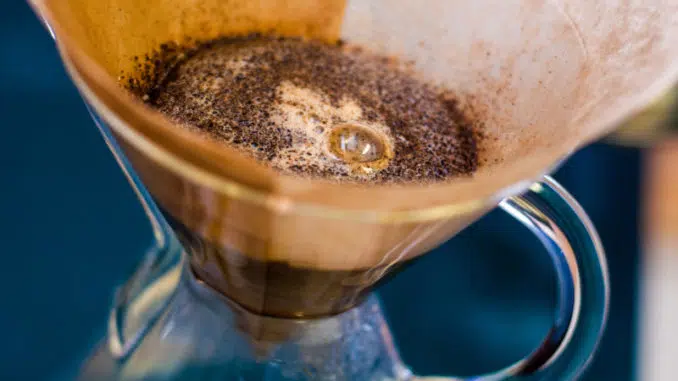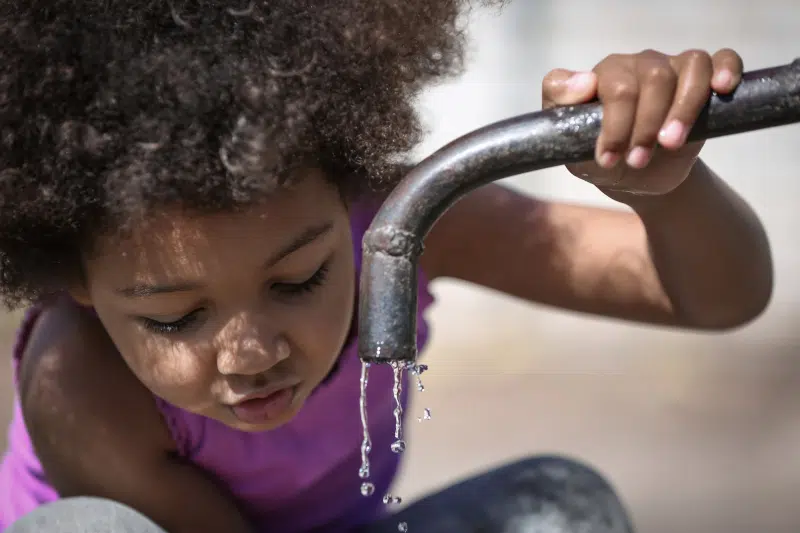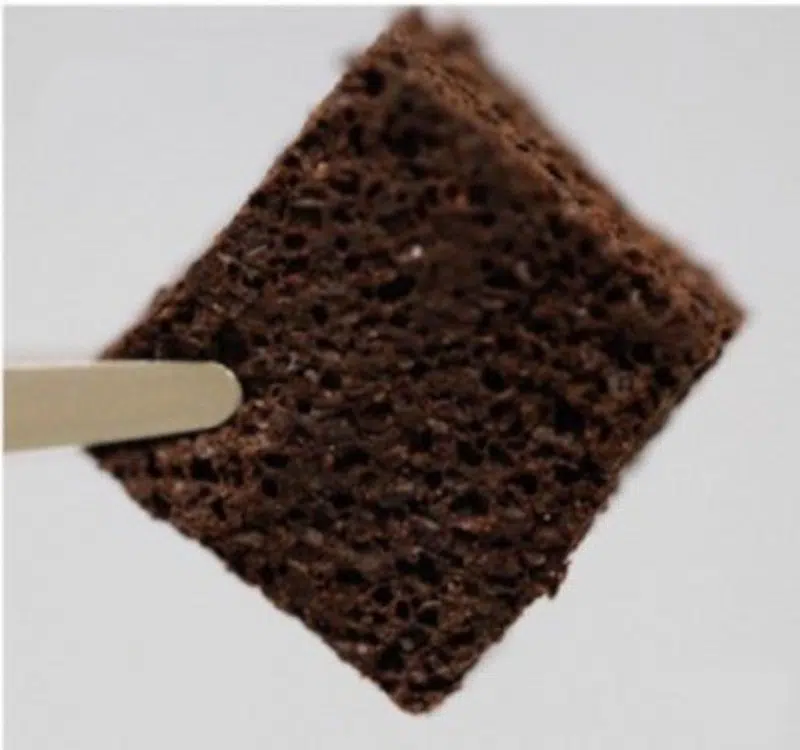
Used coffee grounds, a clever and ecological idea for filtering water.
Hmm! We all know the aroma of coffee floating around the house in the morning!
But to make a cup of coffee is also to leave behind a portion of soggy ground coffee that we call: coffee grounds. Often, the latter ends up in the trash. Isn’t that what you think? But if we add up what comes out of bars and restaurants, tons of coffee grounds remain on our hands.
Scientists have found a great way to reduce our waste as well as a way to remove toxic compounds from our environment.

Aromas
Natural or synthetic substances that produce an odor.
Molecules
A group of atoms that join together through chemical bonds to form a compound.
Coffee grounds absorb heavy metals.
The researchers recovered these wet coffee beans and, as with plasticine, they formed a kind of sponge that absorbed toxic compounds called: heavy metals. These heavy metals are dangerous for health. Also, it is important that the water we drink does not contain it.

How does coffee grounds filtration foam work?

In coffee, there are large sugar molecules like cellulose (the same compound for making sheets of paper), fatty acids (like olive oil) and polyphenols (there are in wine and strawberries) which are capable of capturing these heavy metals and keeping them prisoners.
To make things easier, the researchers used the coffee grounds to make a sort of brick full of holes. Like a very hard foam. Then they put it in dirty water and the brick absorbs everything.


Fatty acids
Molecules that belong to the fat family
Cellulose
Huge molecules that make up plant cells.
Is the coffee grounds cake effective in filtering heavy metals from the water?

Filter
It is a device that allows a liquid or air to pass through while retaining contaminating compounds.
Heavy metals
It is the set of metals considered to be toxic by Europe.
Mercury
Liquid metal used in thermometers.
To verify this, they put a small piece of this foam (the size of an almond) in plain water. After 30 h, almost all (99%) of the mercury (a liquid metal used in thermometers to take its temperature) had been caught.
They did the same experiment with water flowing from the tap and with water heavily contaminated with mercury (200 ppb). More than half (50-60%) of the mercury was caught with our coffee sponge. Which is the same result as with products sold in stores?
And that’s how our waste can be recycled to make smart materials that protect nature!

